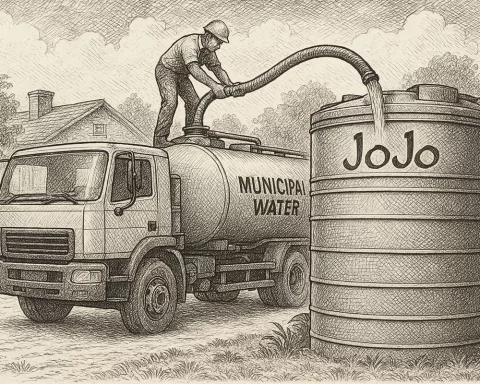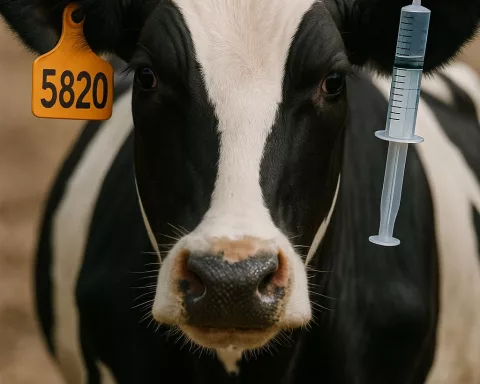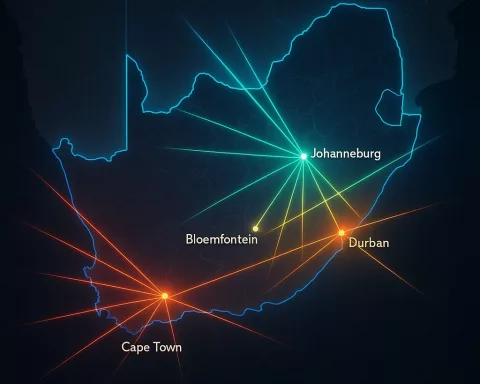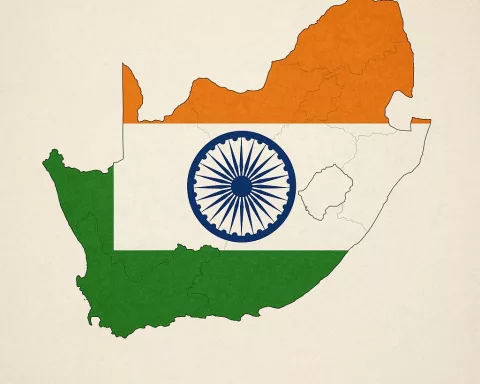Non-ferrous metal and essential infrastructure-related crimes are a significant threat to South Africa’s economy and social welfare. Gauteng province carries a significant responsibility and influence in ensuring the prevention and eradication of these crimes.
Collaborative Efforts of Law Enforcement Agencies
To combat these crimes, law enforcement agencies in Gauteng have been working collaboratively for the past two months. This includes the police, Metro Police, Traffic Department, and private security companies under the Eyes and Ears (E2) project. With this collective approach, they have recovered over 4,000 kg of copper and numerous cellphone tower batteries across the province.
Crime Prevention Activities
The various law enforcement agencies involved in the fight against non-ferrous metal and essential infrastructure-related crimes engage in several crime prevention activities. These include inspecting second-hand goods dealers, raiding scrapyards, executing intelligence-driven operations, establishing roadblocks, and conducting stop and search procedures.
Importance of Public Participation
Lt. Gen. Elias Mawela, the Provincial Commissioner of the police in Gauteng, highlights the importance of public participation in fighting crime. Tip-offs and reporting have played a vital role in most recoveries and arrests. Fighting these specific crimes is crucial due to their impact on the country’s economic security and growth prospects.
United Front for a Safer Future
The battle against non-ferrous metal and essential infrastructure-related crimes requires vigilance and cooperation among various organizations and individuals. By maintaining collaborative efforts and fostering a sense of collective responsibility, Gauteng Province aims to eradicate these crimes and protect its citizens and economy. The successes achieved so far are a testament to the power of teamwork and the importance of public participation in crime prevention.
In conclusion, law enforcement agencies are demonstrating their unwavering commitment to the protection of Gauteng’s economy and society. The need for a united front becomes increasingly evident as the economy and society at large experience the detrimental consequences of these offenses. By continuing their efforts and maintaining collaboration, Gauteng Province can hope to secure a safer and more prosperous future for its residents.








